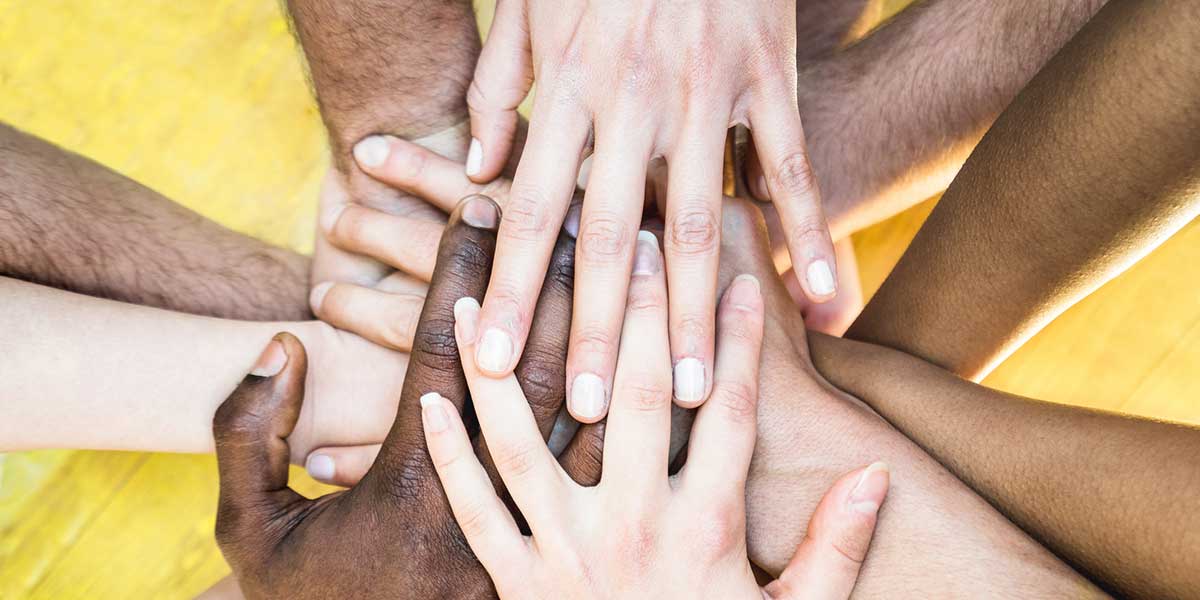This summer I received an email from a former student who wrote that she was “saddened and disappointed by the lack of attention, acknowledgement, and concern for the Black and Brown staff and clients” within her nonprofit organization and the society at large. She went on to say that management had neglected to open a “dialogue, establish a culture of critique, and seems to hide from racism and classism.”
My student is right. Nonprofit leaders have the opportunity to, as my student wrote, open a dialogue and take a stand on issues around race and class. In his iconic book, The Other America: Poverty in the United States, Michael Harrington wrote “In order to learn truths about society, one must take sides.” The time is now to take a real side on addressing the racial issues we have in this country. We haven’t done enough.
If you have read thus far, you may wonder what you can do. Here are a few suggestions:
Talk… and listen (but perhaps in the reverse order).
My student wrote that we need more places where people are encouraged to speak openly and courageously about race. Be that place. Make space in your staff meetings or lunches or supervision (or anywhere else) where people can talk about uncomfortable issues honestly and directly. Develop space where people can talk about their experiences and ask questions and begin to understand each other and the factors that foster racism.
Sometimes we need to be brave enough to listen stories that make us feel uncomfortable or, dare I say, guilty. You may disagree with someone’s interpretation and that is okay. But you can’t disagree with their experience, because that is theirs. If you disagree, ask questions. Be civil and be curious. The goal is not to convince someone that they are wrong but to learn. So listen carefully.
Don’t get caught up in platitudes.
As a Caucasian woman, I have never questioned whether I matter. Everything around me has told me that I matter. When I watch television, there are many intelligent, successful women who look like me. When I walk into a store, I have never been followed because I look out of place. No one has ever pulled a gun on me because I looked like a threat. Of course all lives matter, but in our society some lives have mattered more. It is time to stand up for those whose lives have been most denigrated and devalued. That’s why I support #BlackLivesMatter.
Our challenge is to be color brave and color honest and color humble.
In the first class of every semester, I play Mellody Hobson’s TED Talk about being “color brave” (see link below). To be color brave, we need to speak openly and honestly about race. I want my classroom to be a place where we can practice that and where we are willing, perhaps, to make mistakes. We can do the same in our organizations. Our challenge is to listen when we want to turn away. Our challenge is to look at how we are part of the problem. And, as Mahatma Gandhi said, our challenge is “to be the change we wish to see in the world.”
Of course personal responsibility is important.
And for those who may be wondering about personal responsibility, there is room for both personal and collective responsibility. Let me end with a quote from Attorney General Eric Holder:
“… there is a need for personal responsibility. Too many individuals act in ways that are negligent or counterproductive. But there is also a need for societal responsibility; for collective engagement and common effort. We must be willing to acknowledge the problems we face, to talk frankly about inequality, and to examine its causes and its impacts and, most importantly, to act to eradicate it. And we must look at our great nation, and reflect on its history, with clarity and with honesty – with open eyes and deep understanding of who we have been, who we aspire to be, and who we are today.”
If we want our country to be better, then we each individually need to do better. We must do more.
Mellody Hobson Link – https://www.ted.com/talks/mellody_hobson_color_blind_or_color_brave?language=en



